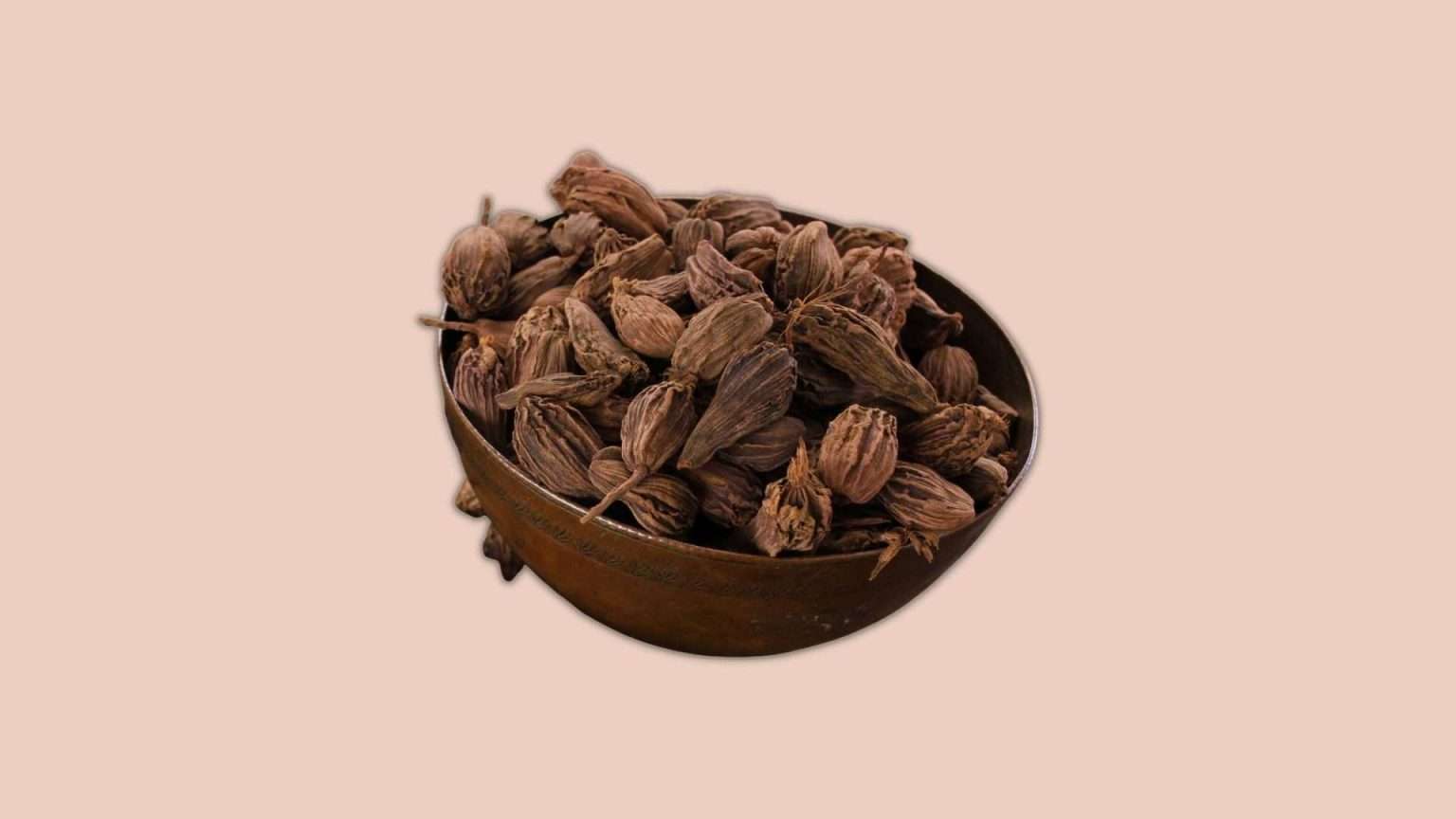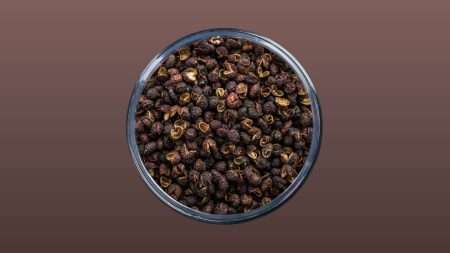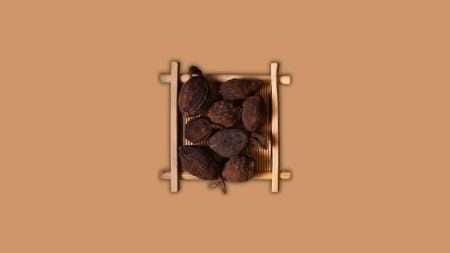Black cardamom is a dark, smoky spice that goes by many names and is used to refer to the dried fruit of a number of distinct plants.
In this post, we’ll discuss the most common black cardamom: the Himalayan variety. It’s sometimes referred to in English as “brown cardamom,” “Indian cardamom,” or “Nepal cardamom.” And in Hindi and Urdu, it’s called bara elaichi, kali elaichi, or moti elaichi.
While black cardamom shares part of its name with green cardamom and is used in some of the same cuisines, such as Indian and Pakistani foods, its flavor profile is quite different.
If you’re unfamiliar with black cardamom — that may very well be why you’re here — this is definitely a spice you ought to get to know.
Contents
What Is Black Cardamom?
Black cardamom pods grow out of the Amomum subulatum plant, a rhizome native to the Himalayan regions of India and Nepal, which also produces the timut peppercorn. Like ginger and other rhizomes, the black cardamom plant’s stems grow underground, which is where you’ll find the seed-carrying pods.

The black cardamom plant takes three years to mature and produce the cardamom seedpods, which are actually red.
Once harvested, the “black” cardamom pods are washed and dried over an open flame. It’s this drying process, which takes a few hours, that gives black cardamom pods their dark color and smoky flavor while deepening the aroma and taste of the black seeds.
What Does Black Cardamom Taste Like?
Black cardamom has a smoky flavor, with notes of camphor, anise, and licorice. This flavor profile makes it suitable for curries, sauces, and stews. In the subcontinent, black cardamom is traditionally used in kormas (braised curries) and rice dishes like biryani.
How Is Black Cardamom Different from Green Cardamom?
Like black cardamom, the green cardamom plant is a rhizome that produces seed-carrying pods. The similarities between these two cardamoms pretty much end there. They’re quite different in taste and usage.

Green cardamom has a softer flavor that has citrusy and minty characteristics. In the subcontinent, green cardamom is often added to sweet dishes like seviyan (vermicelli pudding) or doodh patti chai (milk tea). In the Middle East, it’s added to Arabic or Turkish coffee. Black cardamom, in contrast, is rarely used in traditional sweet dishes or drinks.
It’s worth noting that green and black cardamoms aren’t mutually exclusive. For example, some biryani recipes, like Kashmiri Biryani and Sindhi Biryani, might call for the use of both green and black cardamoms. These cardamoms serve different purposes in biryani, which like mansaf and paellas, are melting pots of flavors.
How to Use Black Cardamom
When making kormas and other Indian and Pakistani dishes, black cardamom is generally tempered in ghee or an oil with a high smoke point through a process known as tarka (or tadka). Roasting the spices in hot ghee or oil brings out their flavors, diffusing them into the dish. Before tempering, it’s a good idea to crack the pod a bit to ensure that the seeds can be exposed to the oil.
Black cardamom’s flavor is distinct. If you’re following a South Asian recipe, it’s best to stick to the instructions. But if you’re experimenting with it in a non-traditional use, you might want to start with a small quantity — say, one or two pods (depending on the volume of your dish).
Like fenugreek, black cardamom is one of those spices that’s not typically used in western cuisine, but in modest proportions can add depth not just to conventional dishes, but even condiments, like barbecue sauce. A few pods of black cardamom could give your brisket a major upgrade.
Black Cardamom Health Benefits
Black cardamom has long been used in traditional Chinese and Indian (Aryuvedic) medicines. While claims of its health benefits have not been proven by peer-reviewed scientific research, many therapeutic benefits have been attributed to it, including aiding with asthma and indigestion.
Some preliminary studies attribute antimicrobial properties to black cardamom essential oil. None of these studies, however, are conclusive. It’s best to seek the consultation of a health professional for any medical condition.
Where to Get Black Cardamom
While black cardamom may be an exotic ingredient for some, you don’t have to venture out to another part of the world to get some.
Black cardamom is available at most South Asian grocery stores and supermarkets across the United States, Canada, and Britain. These retailers sell branded packs of major spice importers like Deep, Rani, and Swad. If you live in New York City, Kalustyan’s in Midtown East sells its own branded packs of black cardamom.
And, of course, you can buy black cardamom from Amazon. Surprisingly, the online retailer has many black cardamom options. The Rani brand, in particular, is a good option because it offers a range in sizes from 1.75 oz. to 2 lbs.
Please note that the Chinese (tsaoko) and Ethiopian black cardamoms (korerima) have different flavor profiles than the black cardamom used in South Asian cuisine. If the labeling isn’t clear, the safer bet is to go with a South Asian brand.






